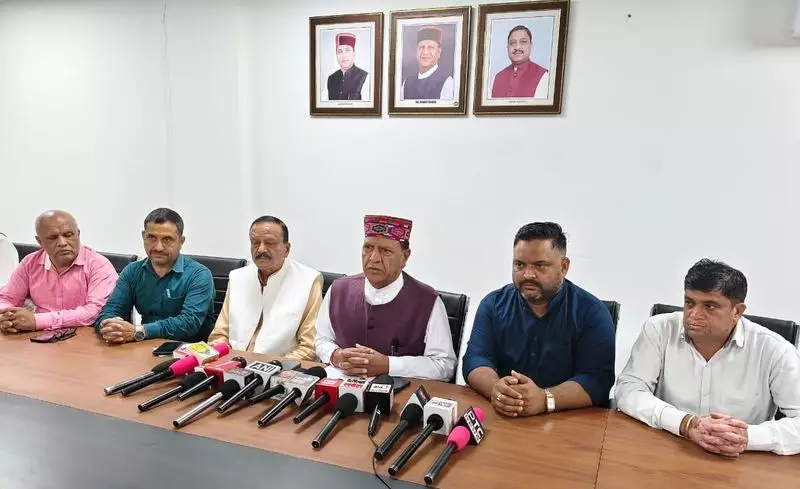
The ambitious Nahan Medical College project, a crucial healthcare initiative for Himachal Pradesh's Sirmaur district, has hit a major roadblock with the current BJP government putting construction on indefinite hold. The project, which was set to revolutionize medical facilities in the region, now faces an uncertain future due to withheld funds and administrative delays.
Congress Leaders Voice Strong Opposition
Former minister and senior Congress leader Harshwardhan Chauhan has launched scathing criticism against the state government, accusing them of deliberately stalling the vital healthcare project. "The BJP government has completely stopped the construction work of Nahan Medical College," Chauhan stated during a press conference, highlighting the growing frustration among local residents.
Financial Roadblocks and Political Implications
The medical college project, initially approved with a budget of Rs 325 crore, has become a political battleground. According to Congress leaders, the state government has failed to release the necessary funds to continue construction, despite the project's significance for the region's healthcare infrastructure.
Public Outcry and Healthcare Concerns
Local residents and healthcare advocates have expressed deep concern over the stalled project. The medical college was expected to address the critical shortage of medical facilities in Sirmaur district, providing not only quality healthcare but also generating employment opportunities and boosting the local economy.
Government's Silence Raises Questions
While Congress leaders have been vocal about the issue, the state government has maintained relative silence on the reasons behind halting construction. This lack of transparency has fueled speculation and political tensions, with opposition parties demanding immediate resumption of work.
The delay in completing Nahan Medical College represents a significant setback for healthcare development in Himachal Pradesh, leaving thousands of residents in continued need of adequate medical facilities and raising questions about the government's commitment to public health infrastructure.





